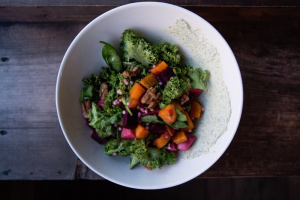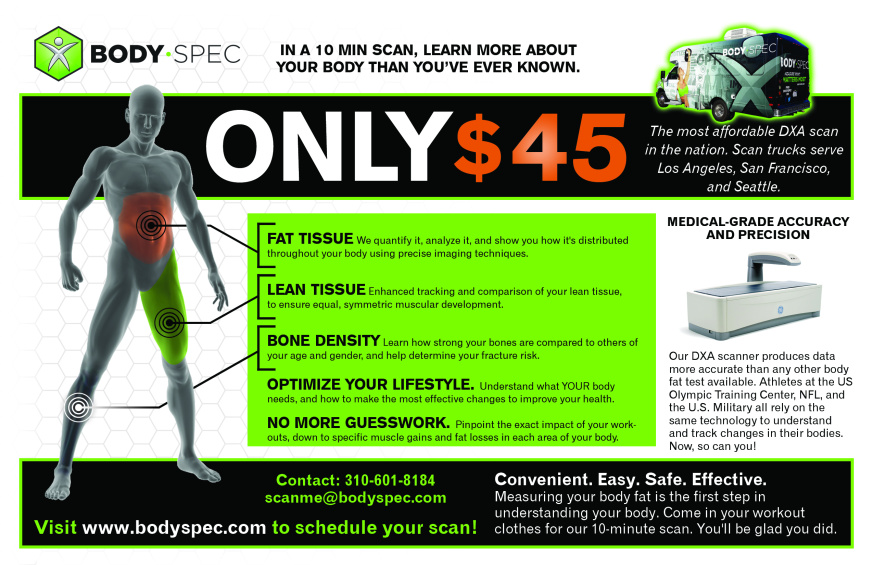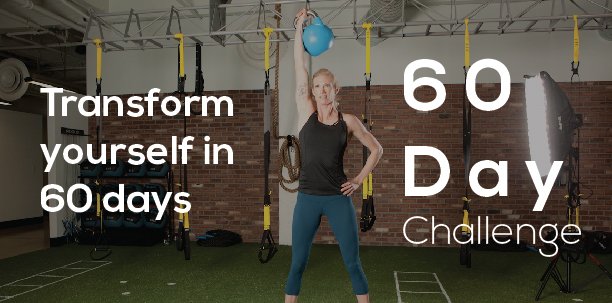written by Flow Trainer, Mackennon Klink, B.S. CSCS, PN1
Does this sound like you? You’ve committed to going to the gym. You’re in the gym three to four times a week, crushing your workout, getting stronger and leaner. However, those 65lb dumbbells seem to be getting heavier. You’re using the same dumbbells from the previous week, but now they feel like 100lbs. What’s going on here??? Are you getting weaker, or is Flow Fitness playing a terrible trick on you? Well, Flow Fitness isn’t playing any tricks on you, and you aren’t getting weaker.However, your rating of perceived exertion (RPE) has altered.
What are RPE’s? The American College or Sports Medicine (ACSM) defines rating of perceived exertion, better known as the RPE scale, as a psychophysical scale, meaning it calls on the mind and body to rate one’s perception of effort. The RPE scale measures feelings of effort, strain, discomfort, and/or fatigue experienced during both aerobic and/or resistance training.
In simpler terms, the RPE scale is a subjective measurement of how hard you feel like you’re working put onto a scale. If you train long enough, eventually those dumbbells will feel heavier than initially. This is normal. What we’re talking about is the difference between internal and external loading.
External loading is easy to gauge – that’s whatever weight you have on the bar for that given set or workout (ex: 135, 225, or 275 lbs)
Internal loading is more subjective –it’s how the weight of the bar feels.
For example, let’s say you’re bench pressing 225 pounds. The weight is a respectful amount, not a max effort, yet you’re not reppin’ it out for 10+ reps either.
On some days, 225 pounds feels likes nothing and you can absolutely crush it, yet there are other days when it feels like a literal ton of bricks. The external load never changed, yet how the weight feels varies wildly.
There are a few reasons for the higher internal loading, such as:
- Fatigue from the previous training session
- Change in training time
Cumulative fatigue from factors outside the gym such as:
– Poor sleep quality
– Excessive stress
How and Why Use the RPE Scale?
RPE works on a scale of 6-10 and looks something like this:
- RPE of 10 –Max Effort – Congratulations, you just set a personal record!
- RPE of 9 –Heavy lift – One rep left in the tank.
- RPE of 8 –Difficult lift – Two reps left in the tank
- RPE of 7 –Moderately difficult lift – Three to four reps left in the tank
- RPE of 6 –Minimally difficult lift – four or more reps left in the tank. That’s light weight, baby!! Bump up the weight.
If you train long enough, eventually those dumbbells or weight may feel heavier than it did initially . While this is normal in resistance training, this illustrates why RPE’s can be beneficial in your training. A 6-10 scale works for nearly everyone. This makes integrating the RPE scale into your training simple. After a set, all you need to do is ask yourself: ͞how many reps did I have left in the tank?
Be honest with yourself and leave your ego at the door. If you overestimate and go too heavy, you can potentially hurt yourself and/or hinder your progress.
In addition, RPE allows you to customize every training session to ensure you are properly challenging yourself and getting the most out of your body. For the bulk of your resistance training, aim to keep the RPE between 7-8, 9 at the most. Remember, you want to feel stimulated, not annihilated after your workouts.
Summary:
Truth be told, a lot of us aren’t working as hard as we could be in the gym. This can be difficult to accurately gauge. I’m all for making life as simple as possible, so I prefer using RPE’s to properly monitor my exercise intensity. In fact, RPE’s are critical to know if I’m properly challenging myself or simply wasting my time in the gym. Eventually, your newbie gains will disappear. You won’t be able to walk into the gym and set a new personal record each day. Once that day arrives, you need to arm yourself with the necessary tools to step up your training. RPE’s are an effective and simple tool you can utilize to help you continue to crush your training goals.
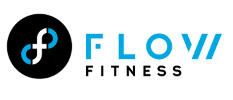

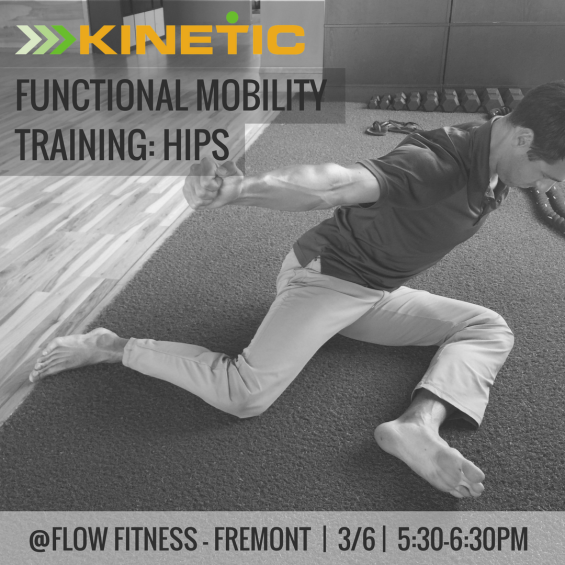

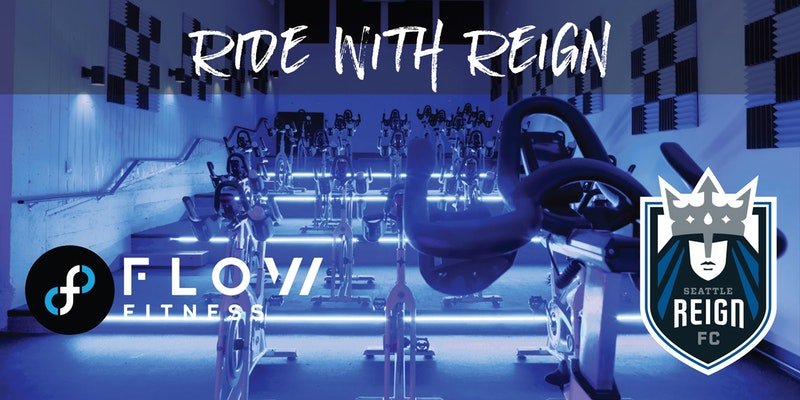



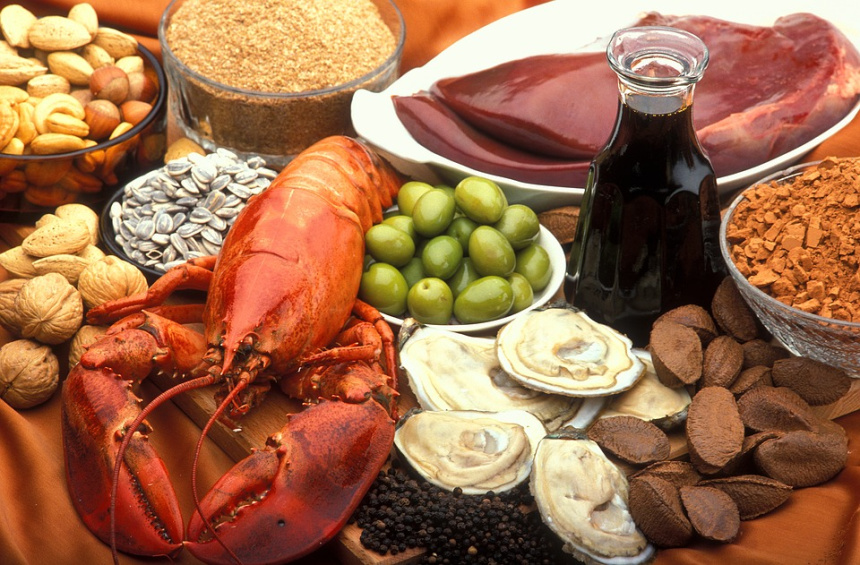
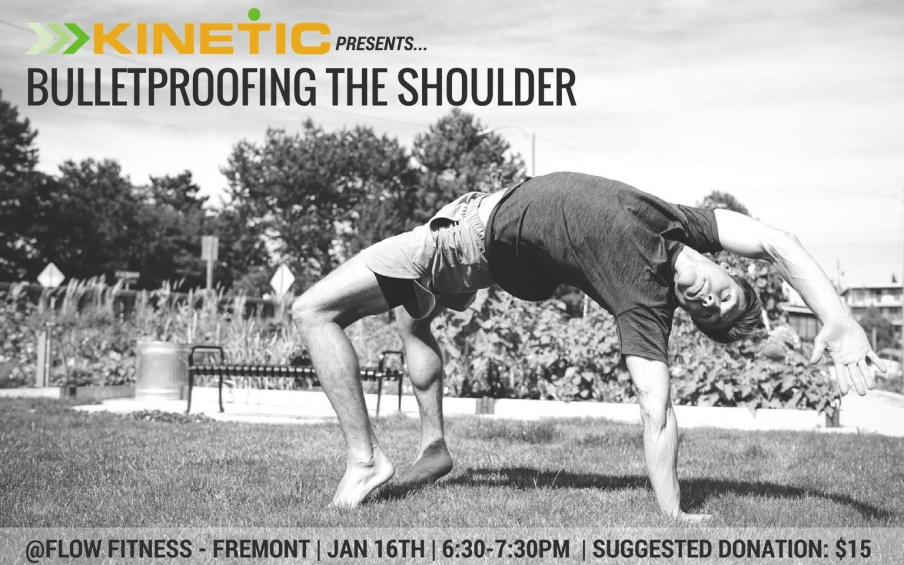
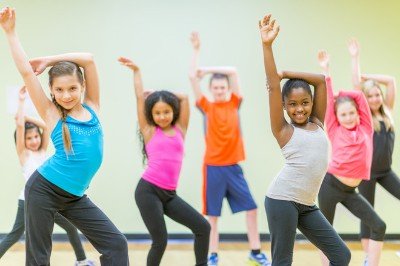

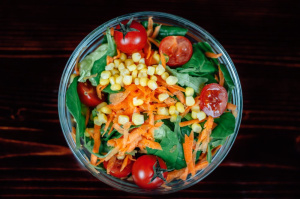 grains, dairy and legumes) that are negatively impacting your health and fitness. The program will “reset” your metabolism, systematic inflammation and many other downstream effects from your food choices.
grains, dairy and legumes) that are negatively impacting your health and fitness. The program will “reset” your metabolism, systematic inflammation and many other downstream effects from your food choices.